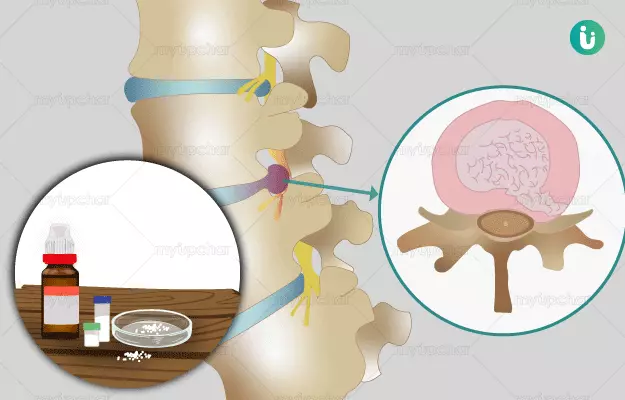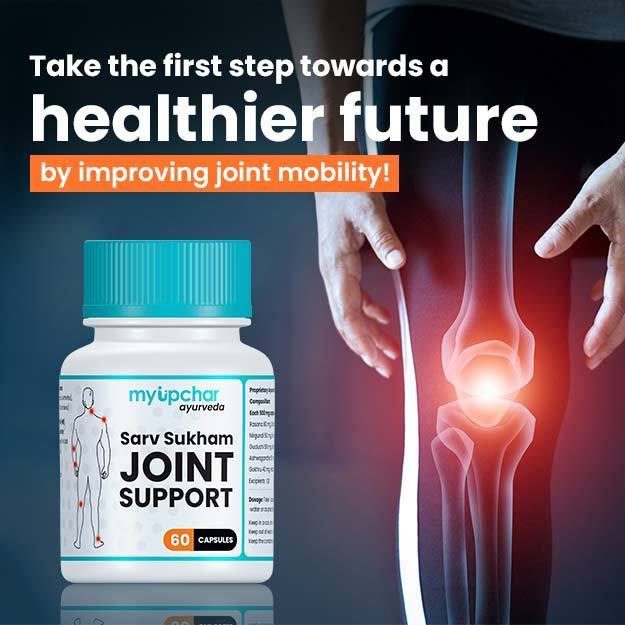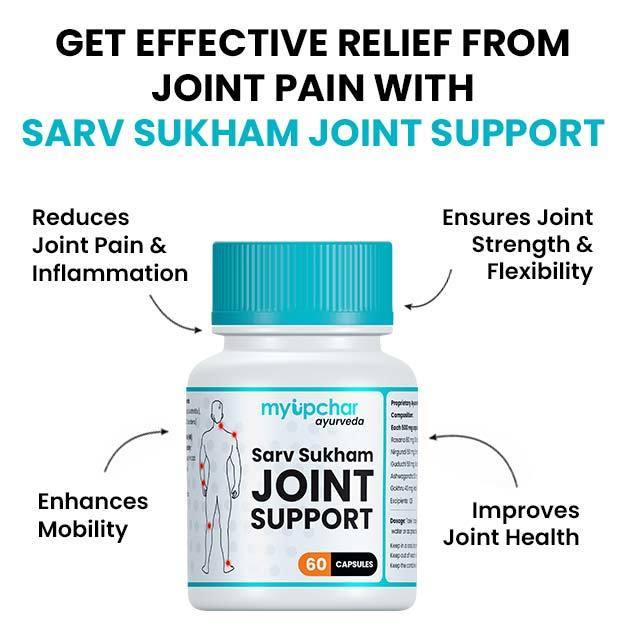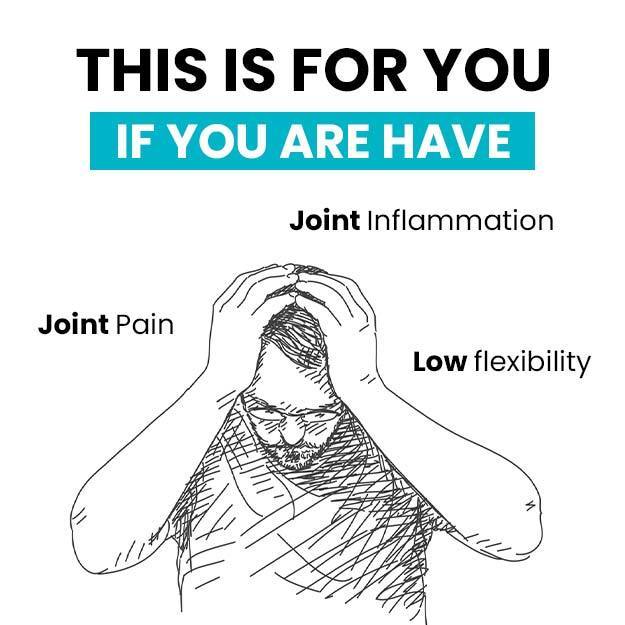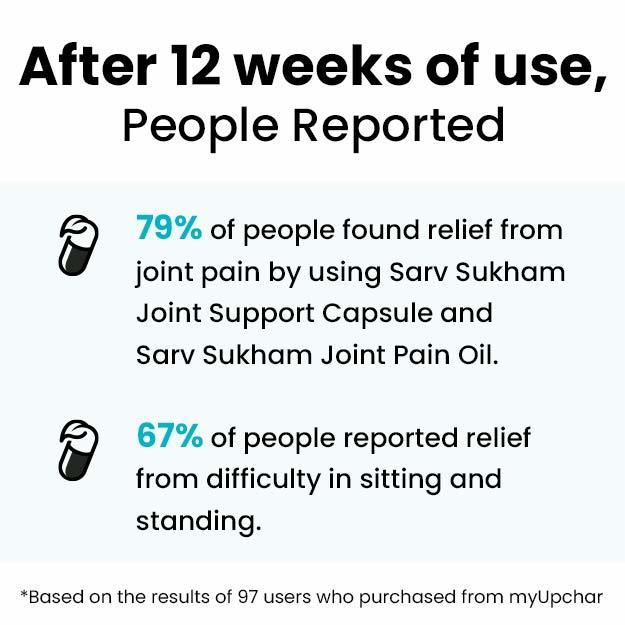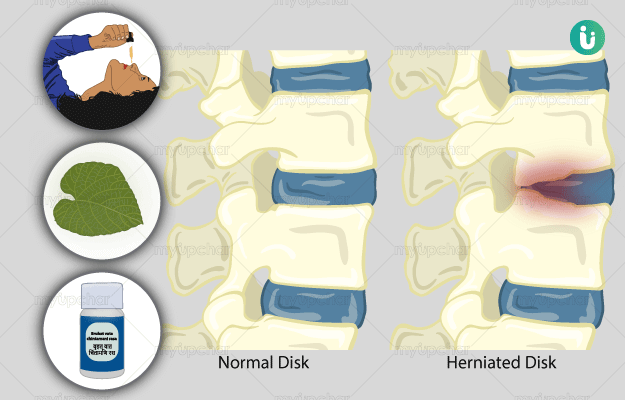- Aesculus Hippocastanum
Common Name: Horse chestnut
Symptom: Aesculus hippocastanum works well in lower back pain and nervous congestion. Symptoms that indicate a need for this remedy are:
- Pain in the hips and lower back area worsens when the person stoops or walks
- Soreness and swelling in the soles of feet (Read more: Swelling in feet causes)
- Pain in arms and legs
- Weakness in the spine, especially the lower back region; patient's legs often give out
- Soreness along with a burning sensation in the anus along with chills that travel up and down the spine
The individual reports of worsening pain upon waking up in the morning and in the afternoon, after eating anything, and from any kind of motion. Cool, open-air eases the pain.
- Bryonia Alba
Common Name: Wild hops
Symptoms: Bryonia alba is more efficient in robust, dark-complexioned individuals who tend to be irritable. Symptoms that can be treated with Bryonia alba are:
- Dry mucous membranfes (inner lining of certain organs)
- Stitching, tearing pain in muscles
- Stiffness and pain at the nape of the neck and the lower back (Read more: Stiff neck treatment)
- A fainting sensation on sitting up
Warm weather and even the slightest of motion worsens the pain. Symptoms also worsen in the morning, on eating anything, and on touching the affected area. The individual feels better when he/she lies down on the painful side, takes enough rest, or puts pressure or cold applications on the painful region.
- Calcarea Carbonica
Common Name: Carbonate of lime
Symptoms: Calcarea carbonica benefits individuals who are mentally and physically exhausted due to overworking. It is also useful in obese people who have a large belly and pale skin. This remedy helps relieve the following symptoms:
- Rheumatism (leading to inflammation and pain) in the lumbar region
- Pain between the shoulder blades that makes breathing difficult
- Stiffness in neck and upper back and weakness in the lower back
- Pain from a sprain in the back due to lifting excessive weight
All the symptoms worsen in cold and wet weather, during a full moon, on washing the affected area and on standing. Drier climate eases the pain, as does lying on the painful side.
- Calcarea Phosphorica
Common Name: Phosphate of lime
Symptoms: Calcarea phosphorica shares most of its symptoms with calcarea carbonica; however, this medication is more commonly used in individuals with delayed or uneven dentition and children who are flabby and have a weak digestion. Individuals with bone diseases, anaemia associated with an underlying disease, and diseases that cause wasting can benefit from this remedy. This remedy also helps relieve the following symptoms:
- Stiffness and soreness in the neck and upper back
- Bone pain
- General weariness and dissatisfaction
- Pain that worsens from drafts, cold and exertion
- Headaches, every time the weather changes
Damp and cold weather results in worsening of symptoms, while a warm and dry climate provides temporary respite to the patient.
- Cimicifuga Racemosa
Common Name: Black snake root
Symptoms: Cimicifuga racemosa is effective in conditions of the muscular and cerebrospinal systems. Common symptoms that can be alleviated with its remedy are:
- Electric shock-like pains in the body
- Inflammation, stiffness and pain in the muscles of the back and neck
- Sensitive upper spine
- Pain in the lower back that radiates to legs through hips
- Pressure on the spine or neck that leads to nausea and vomiting
The symptoms tend to worsen in cold weather, especially in the morning, and during menses in women. Symptoms improve on providing warmth to the affected area.
- Kalium Carbonicum
Common Name: Carbonate of potassium
Symptoms: Kalium carbonicum is a common prescription for sharp, cutting pains in any part of the body. Other symptoms that can be relieved with this remedy are:
- Sudden, sharp pain up and down the back that travels to the knees
- A burning sensation in the spine
- Pain in the knees, thighs and hip joints
- Fatigue
- Pain from the shoulders to the wrists (Read more: Shoulder pain causes)
- Nausea with sour belching
- A sensation of weakness in the lower back, back and legs give out often
- Stitching pain in the flanks and right upper back
- Stiffness in the back with a feeling as if the back is paralysed
The severity of the pain increases in the morning (about 3 o’clock), in cold weather, after taking soup or coffee, and on lying on the left and painful side. Symptoms improve during the day, in warm weather, and with movement.
- Kalmia Latifolia
Common Name: Mountain laurel
Symptoms: Kalmia latifolia is commonly prescribed for numbness and pain in limbs. It also helps alleviate the following symptoms:
- Neck pain that radiates down to shoulder blades and hands
- Vertigo that worsens on bending forward
- Severe pain down the back, spine and shoulders; the patient feels as if their back would break
- Pain in the lower back
Any kind of motion, looking down, leaning forward and open-air worsens the patient's condition.
- Lachesis Mutus
Common Name: Bushmaster
Symptoms: Bushmaster is prescribed to relieve tension in the body. Other symptoms that indicate a need for this remedy are:
- Cervical pain
- Sciatica-like pain, numbness and weakness on the right side
- Excruciating pain in the coccyx or the tailbone worsen when the person gets up from a sitting position
Symptoms worsens when the patient wakes up from sleep, take a warm bath, lies on their left side, or applies pressure on the affected region. Symptoms improve on applying warmth to the painful area.
- Medorrhinum
Common Name: The gonorrheal virus
Symptoms: Medorrhinum is a potent medication that is typically prescribed to women with chronic pelvic disorders. Symptoms that can be treated with medorrhinum are:
- Pain along with a burning sensation in the head, which is worse at the back of the head
- Back pain along with a burning sensation/heat in the back
- Burning sensation in the limbs
- Pain in legs
All complaints worsen from dusk till dawn, on overthinking about health, and on the application of heat to the affected area. Symptoms get better in humid weather and on lying in prone position.
- Nux Vomica
Common Name: Poison-nut
Symptoms: Nux vomica is generally prescribed to thin, active individuals. Common symptoms where nux vomica is prescribed are:
- Pain in the lumbar region (lower back)
- Numbness in legs; the patient feels as if their legs are paralysed
- Burning sensation in the spine that worsens from 3 to 4 in the morning
- Neck pain that radiates down the arms
- Pain and the inability to change posture while lying down
- Pain gets worse during bowel movement
- Inability to sit due to pain
Symptoms worsen in cold, dry weather, in mornings, with exertion, after eating and on touching the affected region. The pain reduces in damp and rainy weather, in the evening, after taking a restful nap or just taking enough rest.
- Rhus Toxicodendron
Common Name: Poison ivy
Symptoms: Rhus toxicodendron is an effective remedy in individuals who feel better on moving about or moving the affected part. Common signs and symptoms where this medication is prescribed are:
- Pain in the lower back that gets better when the patient lies on something hard
- Stiff neck
- Rheumatic pain in neck and limbs
- Sciatic pain that worsens in cold weather
- Pain between the shoulders blades on swallowing
Symptoms worsen after resting or taking a good sleep, and on lying on the back or the right side. Massaging the affected area, changing positions and dry and warm weather reduce the pain.

